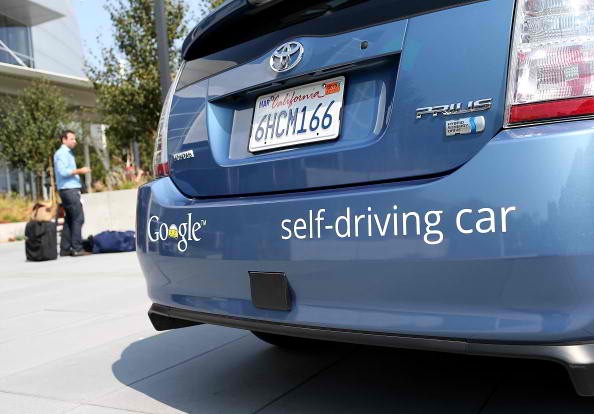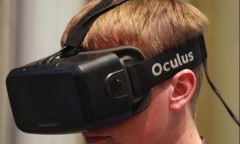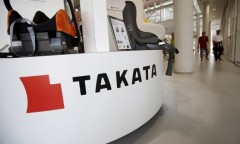By Lynn Palec, | January 12, 2016

A Google self-driving car is displayed at the Google headquarters on September 25, 2012 in Mountain View, California. California.
A recently published report from the Virginia Tech Transportation Institute titled "Automated Vehicle Crash Rate Comparison Using Naturalistic Data" shows that autonomous or self-driving cars have significantly lower average crash rates when directly compared to the average national crash rate of conventional cars with a human driver in control.
Like Us on Facebook
It is important to note that the Virginia Tech Transportation Institute study was commissioned by tech giant Google, which is also a pioneer when it comes to the research and development of self-driving cars.
The study reveals that when data is adjusted to include unreported crashes and consider accident severity as a factor, the national crash rate for conventional cars is significantly higher compared to the crash rate output of self-driving cars.
Data about crash and accident severity comparison between a conventional and self-driving car are hard to consolidate as requirements for police reports regarding car crash differ in each state. There is also a significant fraction of major car crash that went undetected therefore had to be ruled out of the official data, according to Phys.
On the other hand, accidents involving self-driving cars are required by the authorities to be properly reported regardless of severity.
After adjusting the data to compensate for car crashes that are not reported to the authorities, the study backed by Google shows that conventional cars with a human driver behind its wheel will have 4.2 crashes per one million miles. On the other hand, self-driving cars in autonomous mode only account t o3.2 crashes per one million miles.
In a report published by the National Highway Traffic Safety Administration in 2015, somewhere close to 60 percent of all property-damage only car crashes and 24 percent of all injuries related to car crashes are not reported to the proper authorities.
In a statement acquired by Reuters, Google spokesperson Johnny Luu told Virgnia Tech "to look into the topic given the interest and develop a robust methodology to be able to make meaningful comparison between regular cars on the road as well as our self-driving cars."
In December 2015, the state of California issued a mandate requiring all self-driving and autonomous cars to have a steering wheel, brake and throttle pedals. A licensed driver is also required to be in the driver's seat ready to control the car in case something went wrong with the car's automated system.
-
Use of Coronavirus Pandemic Drones Raises Privacy Concerns: Drones Spread Fear, Local Officials Say

-
Coronavirus Hampers The Delivery Of Lockheed Martin F-35 Stealth Fighters For 2020

-
Instagram Speeds Up Plans to Add Account Memorialization Feature Due to COVID-19 Deaths

-
NASA: Perseverance Plans to Bring 'Mars Rock' to Earth in 2031

-
600 Dead And 3,000 In The Hospital as Iranians Believed Drinking High-Concentrations of Alcohol Can Cure The Coronavirus

-
600 Dead And 3,000 In The Hospital as Iranians Believed Drinking High-Concentrations of Alcohol Can Cure The Coronavirus

-
COVID-19: Doctors, Nurses Use Virtual Reality to Learn New Skills in Treating Coronavirus Patients











